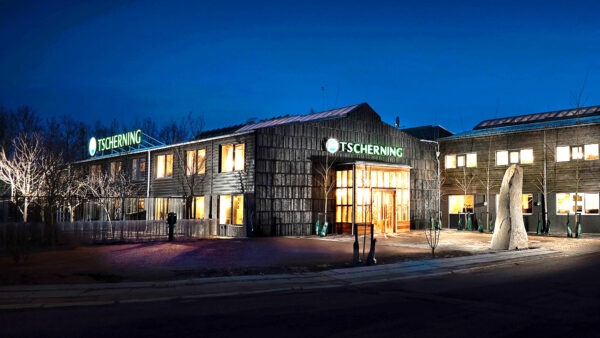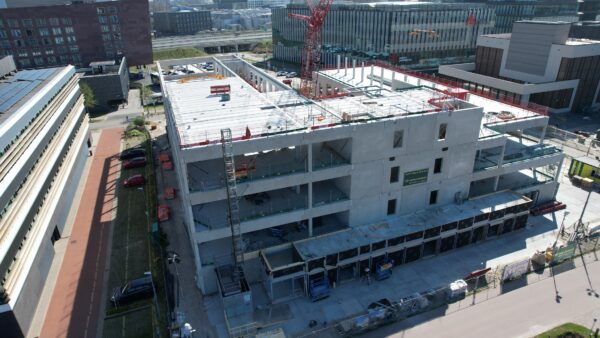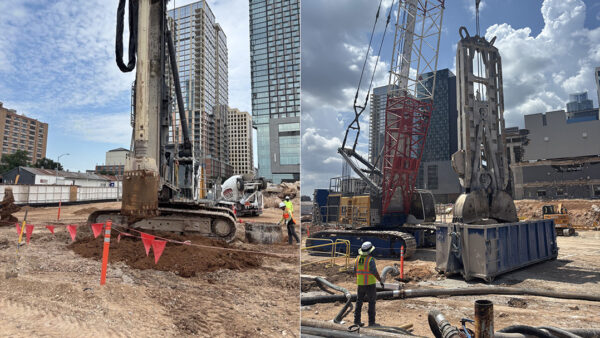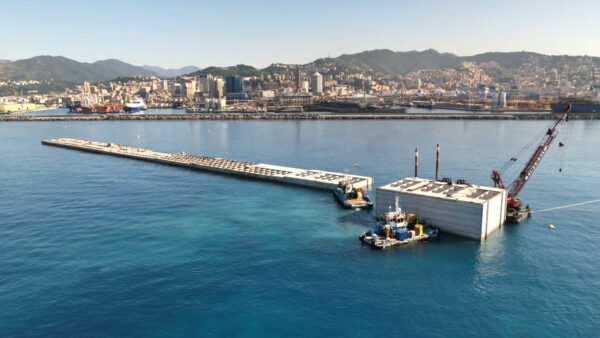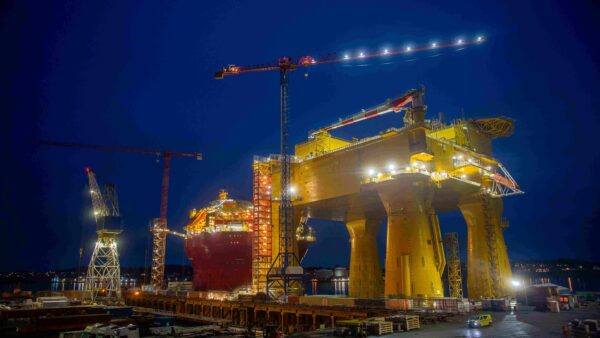Ever since the dawn of the civil nuclear industry in the 1950s, the default product has been the large nuclear power station. And although more than 60% of the plants in operation today use the same basic pressurised water design, and although much of the technology has been standardised by the big nuclear engineers, every power station is a bespoke project and, as such, has to be licensed separately.
Countries now planning large-scale nuclear programmes are building more of the same. But public opinion wavers on big nuclear power, and this hasn’t been helped by big disasters in operation, such as Chernobyl and Fukushima, and big disasters in construction – notably, Finland’s Olkiluoto reactor, which is expected to open nine years late and $6.2bn over budget, and Flamanville in Normandy, where a scheme to install a third reactor is now $5.9bn over budget.
For some time now the nuclear industry has been working on a pocket-sized alternative to these large, bespoke plants: the small modular reactor, or SMR. Although these small reactors – which have an output of less than 300MW -Â have been around since the fifties, installed in universities, on icebreakers, aircraft carriers and submarines, none of the main nuclear suppliers has ever come up with a modular design that can be mass produced.
That could change, however, as engineers around the world race to create the first modular design, license it with their nuclear authorities and get it onto the market. The US, Russia, Canada, Argentina, China, South Africa, South Korea and Germany are among the countries where research is under way.
(Photograph shows Gravelines Nuclear Power Station, France, the sixth largest nuclear power station in the world [Raimond Spekking/Wikimedia Commons])
The business caseÂ
The idea is to license the design, the engineering works and the contractors and subcontractors that forge, manufacture and assemble the reactor, rather than each individual instance of the product. This would then allow SMRs to be assembled in a factory from standardised components in the same way as a vehicle or a washing machine is.Â
Joseph Smith, director of energy research at the University of Missouri Science & Technology, is leading a group of players that is hoping to create an SMR production industry in the Missouri region. Included in the consortium, called SMRec, are nuclear engineer Westinghouse and the public utility Ameren, which runs the Callaway nuclear power station near Fulton in Missouri.
He told GCR that the economic benefits created by an SMR industry, if it used local suppliers, would be immense.
It addresses one of the main concerns that people have when they think about nuclear power, the SMR design eliminates the potential to have an accident– Joseph Smith, director of energy research at the University of Missouri Science & Technology
“We found that the manufacturing, construction and operation of a single 225MW SMR in Missouri would result in $892m in direct local income from 14,000 full-time jobs, and would contribute $2.4bn to the economy of Missouri and neighbouring states such as Kansas, Illinois and Oklahoma,” he said.
“Over a 20-year period, the cumulative impact of a Missouri-based SMR industry could range from $34bn in a local manufacture and supply network to as much as $265bn should Missouri export globally. When you start talking about numbers like that, the governor and the legislature start to take notice because that means unprecedented tax revenue for the state.”
As well as the streamlined production process, the business case for SMRs rests on their potential appeal to markets that big nuclear cannot reach. In December the UK’s National Nuclear Laboratory published a study of the potential of SMRs in the UK. It concluded that the UK could regain technology leadership in low-carbon electricity generation if it invested in SMRs.Â
The study said SMRs could fill a big market gap left by large nuclear plants. The size of that gap it calculated to be 65-85GW of new capacity by 2035, and valued it at between $375bn and $600bn. In the UK alone the market for SMRs could be around 7GW of power in the same time frame, the study said.
Firms already involved in the UK’s SMR effort include Atkins, Amec, Nuclear AMRC, Rolls-Royce and Manchester University.
As well as conventional energy generation for input into a grid, SMRs could be used in remote areas where no grid exists. They can also be used for to generate heat as well as electricity for domestic and industrial applications.Â
Finally, the modular nature of the product lends itself to flexible energy solutions, where extra units are plugged in as demand increases, or sold on should it decrease.
The research
Although there are about 50 different designs for SMRs around the world, research in the US is centred on light water reactors, or LWRs. According to Smith, the three designs that are best known in the US are all of this kind: the Generation mPower design by Babcock & Wilcox and Bechtel that was the initial selection by the Department of Energy for funding, Fluor’s NuScale Power design, which comes in 45MW modules, and Westinghouse’s version, based on its AP1000 design, five of which are presently being built.
In the US industry, each of the three main development groups has a different focus. Smith said: “If you look at patenting activity, the NuScale design is focusing on its helical steam generator, which is quite different to both the mPower or the Westinghouse designs, which are more traditional. Westinghouse’s focus has been on integration, so they’re making it 100% modular – everything is built offsite and brought in and assembled, and its reactor head support, its control rod drive and its refuelling methods are all recent patents; mPower is looking at designs for the bottom of the fuel rod and the control room layout.”
Another area of research that is being stimulated by SMRs is the development of low-weight, high-strength concrete. “There are advanced materials used in the construction of these reactors that are the result of a lot of work and research done on replacing ageing roads and bridges,” said Smith. “We want to support the supply chain by developing new material that help make the reactors stronger, cheaper and lighter.”
The safety issue
The issue of public acceptance is going to be an important factor in the success or failure of the nascent SMR industry.Â
One important piece of research undertaken by Smith’s team at Missouri S&T is into the flow of fluids in the reactor’s core. According to Smith, flow in an SMR is naturally convectional, so no pump is needed. “This means that if you lose power, as happened for example at Fukushima, then the plant shuts down automatically and there’s no potential for going critical or melting the reactor.
“It also addresses one of the main concerns that people have when they think about nuclear power – what they think about is Chernobyl and Fukushima, these big reactors that are going to melt down, so the SMR design eliminates that concern – it eliminates the potential to have an accident.”
What’s more, the automatic nature of the reactor’s operation means that it can operate with fewer trained personnel, which reduces the chance of human error. This may be one of their strongest selling points. After all, the Chernobyl disaster occurred when the operators decided to conduct a dangerous experiment, but first took the precaution of turning off the safety system…

